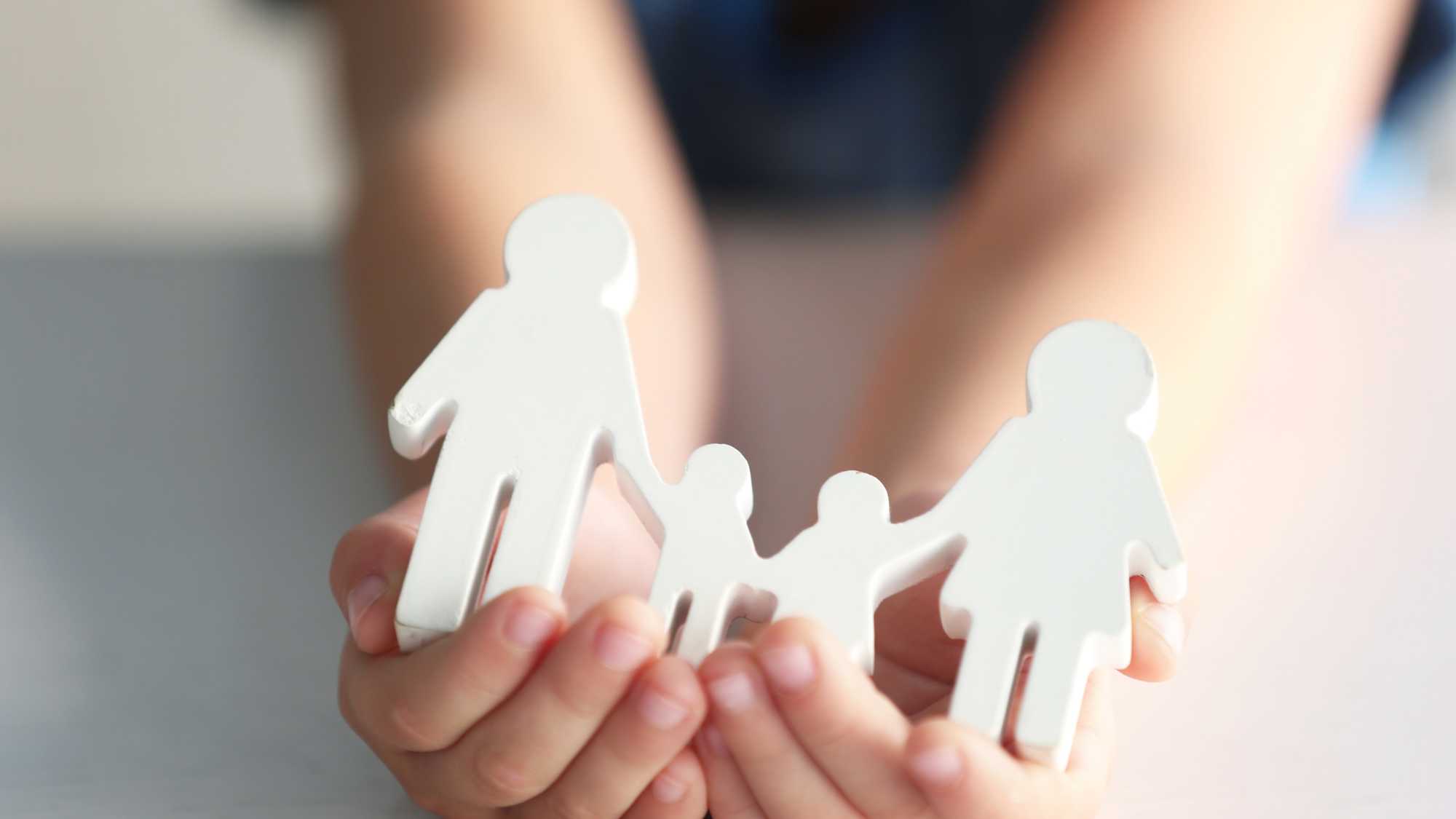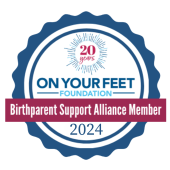What Is an Adoption Match and Why Does It Matter

One of the first big questions families ask is, “What is an adoption match and why is it such a big deal?” It’s the moment a birth parent and adoptive family say yes to moving forward together. This step involves more than paperwork; it reflects trust, values, and shared hopes for a child’s future.
This early connection gives everyone involved a chance to prepare emotionally, logistically, and relationally. It’s also where openness and understanding begin to take root, especially in open adoptions. A strong match supports not only a smoother adoption but also a more supported future for the child.
In this article, we’ll break down what an adoption match really means, how it works, and why it matters so much in the adoption process.
What Is an Adoption Match?
An adoption match is a mutual agreement between a birth parent and an adoptive family to move forward with the adoption process together. It happens after a birth parent selects a potential adoptive family, or sometimes when both parties are introduced by an agency or attorney, and both sides agree to continue with the adoption together.
In many cases, the adoptive family will have created a profile or “family book” that shares their lifestyle, home life, interests, and values. A birth parent will look through several of these before selecting one that feels like the right fit for their child.
Once a connection is made, the adoption professionals, whether they’re from a private agency, an attorney’s office, or a nonprofit, help facilitate a match. This includes scheduling calls or in-person meetings, outlining expectations, and ensuring both parties are informed and comfortable.
But the match is not a legal agreement. It’s based on trust, transparency, and shared hopes for the future. That’s why it’s so important. A solid match creates the emotional and practical groundwork for a successful adoption, especially in the open adoption process, where ongoing communication is common.
How Long Does an Adoption Match Take?
An adoption match can take anywhere from a few days to several months, depending on several factors. These include how quickly a birth parent selects a family, when their due date is, and how ready each party feels to move forward.
Some matches happen almost instantly, like when a birth mother feels a deep connection to a family’s profile right away. Others take more time, especially if there are specific preferences involved, such as religious beliefs, geographic location, or openness to post-adoption contact.
The adoption match timeline also depends on the type of adoption. In domestic infant adoptions, matches typically happen before birth. In some cases, however, they can occur after the baby is born.
It’s also worth noting that a match doesn’t guarantee placement. Birth parents always have the right to change their minds up until they sign legal consents after birth, depending on state law. That’s why professionals emphasize building strong, honest relationships during the match phase. The better the communication, the smoother things tend to go.
For adoptive families, it’s important to be emotionally prepared for the unexpected. Matches can fall through, but with the support of a good adoption agency and a realistic outlook on the adoption match process, families can stay hopeful and grounded.
What Happens After an Adoption Match?
After an adoption match is made, the next phase involves continued relationship-building, planning, and preparing for the baby’s arrival. This includes practical steps like attending prenatal appointments together (if the birth parent is comfortable with that), staying in regular contact, and discussing hospital plans.
Agencies or attorneys will often help both parties prepare for the hospital experience: Who will be in the delivery room? Will the adoptive family be at the hospital during labor? What kind of time does the birth parent want with the baby after birth?
It’s also the time to go over legal procedures. Though a match is emotional in nature, legal requirements must be followed. This includes birth parent counseling, paperwork, and consent timelines.
During this phase, both sides may continue to ask questions, express concerns, or adjust expectations. The open adoption process allows for flexibility and evolving conversations, especially as emotions shift closer to birth and beyond.
Support from adoption professionals becomes especially important here. They help everyone stay on the same page, provide emotional guidance, and manage logistics to avoid last-minute confusion.
For many, this period after the match is full of emotions, hope, nervousness, gratitude, and sometimes grief. It’s a time to lean into the relationship that’s been formed and to keep the child at the center of every decision.
Building Trust During the Match
Trust is the heartbeat of a healthy adoption match. After asking “What is an adoption match?”, the next question often becomes “How do both sides build a connection that feels safe, honest, and respectful?”
This part of the process requires empathy on both ends. Birth parents are making an incredibly personal decision, one rooted in love, selflessness, and often deep emotional complexity. Meanwhile, adoptive parents are holding space for excitement and humility while preparing to care for a child who may carry the hopes of more than one family.
It helps to have open, honest conversations early and often. The open adoption process encourages both parties to talk about future communication plans, what kind of relationship they want with each other, and how to navigate sensitive moments, before, during, and after birth.
Many families also find that continuing to meet (in person or virtually) helps ease worries and grow familiarity. Some topics they may talk about include:
- Cultural background and traditions
- Hopes and dreams for the child
- Milestones the child is reaching
- Favorite hobbies or stories from childhood
These conversations help lay the foundation for a long-term connection that supports the child’s well-being, identity, and emotional health. A strong match often helps make this process smoother.
Role of Adoption Professionals in the Match Process
Throughout the match, adoption professionals play a key role in ensuring clear communication and emotional safety. They’re not just paperwork handlers, they’re counselors, listeners, and trusted guides.
Whether working through an agency or private adoption, these professionals help birth and adoptive families:
- Set expectations around the match
- Facilitate communication and meetings
- Prepare for legal and hospital logistics
- Offer emotional support
They also help interpret complex legal requirements and ensure ethical standards are met at every point. In the open adoption process, this guidance is especially valuable, as it can be hard to balance feelings and logistics without experienced help.
The best agencies work to ensure all voices are heard, especially the birth parent’s. Their decision to place a child for adoption deserves full support, not pressure. And the adoptive family deserves the tools to step into parenthood feeling ready, informed, and respected.
What Is an Adoption Match? A Key Part of the Adoption Process
Understanding what an adoption match is gives both birth and adoptive families a better foundation for emotional well-being, ethical adoption practices, and long-term support. A successful match isn’t about perfection; it’s about mutual respect, understanding, and keeping the child’s best interests at the heart of every decision.
Whether it takes a few weeks or a few months, a meaningful match is worth the care and time it requires. With the right support and mindset, it can be the start of something incredibly life-changing for everyone involved.
The adoption process is a deeply personal path, and the right match can bring peace of mind, clarity, and connection to everyone involved. At Adoption Center for Family Building, we work closely with expectant and adoptive parents to build relationships based on trust, support, and mutual care.
Whether you’re considering adoption or ready to begin the process, our team is here to help. Visit our website or contact us directly to take the next step toward creating lasting connections that support children and families.





